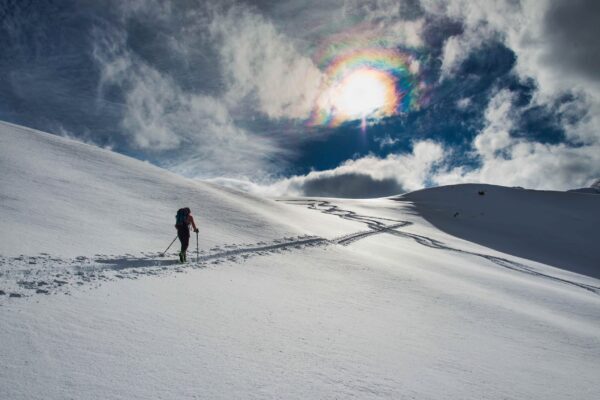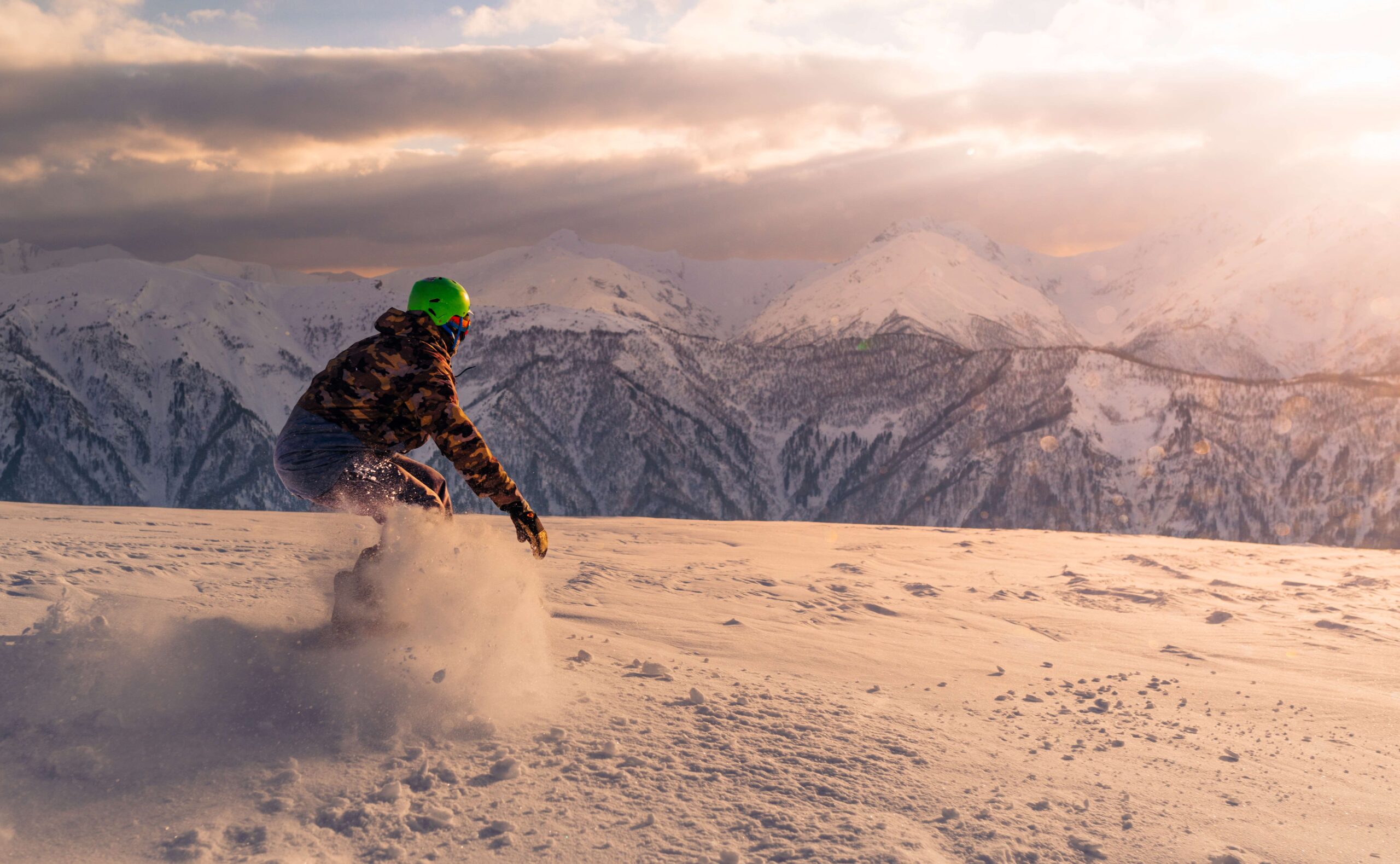
Skiing Afghanistan: A Journey Into Remote Terrain
Slopes Beyond the Map
In the world of winter sports, few destinations spark more curiosity — or caution — than Afghanistan. And yet, in parts of the central highlands, skiing Afghanistan isn’t new. It’s just overlooked. For years, small communities have embraced the snow season, and slowly, the outside world has taken note.
It seemed unlikely — until it wasn’t. Grassroots programs, mountain guides, and returning diaspora have all played a role in reviving ski culture in the region.
During early weekdays, when most resorts in the West hum with tourists, these Afghan slopes are quiet. Remote. Beautiful. That’s part of it. But not everything.
Terrain and Conditions
Skiable terrain in Afghanistan exists mainly in the Hindu Kush range, with elevations exceeding 3,000 meters. Bamiyan province is at the center of this movement, where winter snow transforms ridges into smooth, powder-covered canvases.
There are no lifts. No groomers. Skiers climb what they descend. The conditions vary by the hour — “numbers slowed after lunch,” as one local guide described, referring to the pace of backcountry routes softening under the afternoon sun.
Snow tends to fall dry and deep, especially between January and early March. It’s not uncommon to find untouched powder days after a storm. Ski travel Central Asia is unpredictable, but that’s also what draws adventurers in.
Culture or Local Tips
The story of skiing here is also the story of resilience. Locals have repurposed gear, built makeshift bindings, and formed ski clubs from scratch. Events like the Afghan Ski Challenge brought international awareness, but day-to-day, the effort is deeply local.
Cultural respect is essential. Travelers are encouraged to dress modestly, hire local guides, and understand the nuances of moving through rural valleys. Most ski zones are outside urban areas, requiring careful coordination.
There’s also camaraderie. In villages like Yakawlang, it’s not uncommon to see kids skiing with homemade equipment — a fusion of sport and survival, play and persistence.
Travel & Season Info
Reaching Afghanistan for skiing isn’t simple. Flights typically go through Kabul, with overland travel to ski zones taking several hours. Current safety advisories and local conditions must always be checked. This is not casual tourism.
Still, for those intent on exploration, Bamiyan offers guesthouses, rental gear programs, and trained mountain guides. Winter season generally runs from January through March, with peaks in snowfall during February.
The infrastructure is minimal, but the experience is unmatched. No crowds. No ski passes. Just terrain, time, and effort.
Not exponential — but steady — interest in ski travel Central Asia continues to rise. Or maybe not. Depends who you ask.
